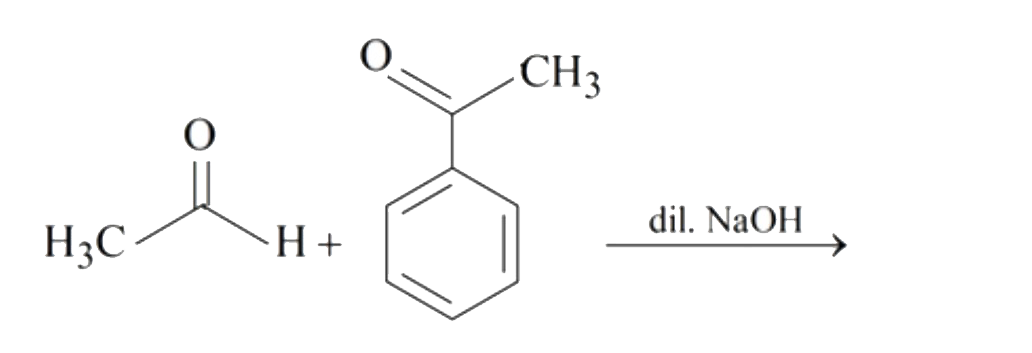The 'endospores' are formed in the following genera
Bacillus and Clostridium
Mucor and Bacillus
Monococcus and Clostridium
Saccharomyces and Clostridium
The correct Answer is:A
To solve the question regarding the genera that form endospores, we can follow these steps:
1. Understanding Endospores:
- Endospores are highly resistant structures formed by certain bacteria in response to adverse environmental conditions. They are characterized by their thick walls and ability to withstand extreme conditions.
2. Identifying Bacterial Genera:
- We need to identify which genera are known for producing endospores. The most well-known genera that form endospores include Bacillus and Clostridium.
3. Examples of Endospore Forming Bacteria:
- Bacillus anthracis: This bacterium is known to cause anthrax and is a classic example of a spore-forming bacterium.
- Clostridium tetani: This bacterium causes tetanus and is also known for its ability to form endospores.
4. Eliminating Non-Endospore Forming Genera:
- Other options like Mycorrhizae (a type of fungus), Monococcus, and Saccharomyces (a yeast) do not produce endospores. Therefore, they can be eliminated from consideration.
5. Conclusion:
- The correct answer to the question is the genera that include Bacillus and Clostridium, specifically Bacillus anthracis and Clostridium tetani.
Final Answer:
The endospores are formed in the following genera: Bacillus and Clostridium.
---
- Endospores are highly resistant structures formed by certain bacteria in response to adverse environmental conditions. They are characterized by their thick walls and ability to withstand extreme conditions.
- We need to identify which genera are known for producing endospores. The most well-known genera that form endospores include Bacillus and Clostridium.
- Bacillus anthracis: This bacterium is known to cause anthrax and is a classic example of a spore-forming bacterium.
- Clostridium tetani: This bacterium causes tetanus and is also known for its ability to form endospores.
- Other options like Mycorrhizae (a type of fungus), Monococcus, and Saccharomyces (a yeast) do not produce endospores. Therefore, they can be eliminated from consideration.
- The correct answer to the question is the genera that include Bacillus and Clostridium, specifically Bacillus anthracis and Clostridium tetani.
The endospores are formed in the following genera: Bacillus and Clostridium.
Similar Questions
Knowledge Check
The major product formed in the following reaction is
 A
A B
B C
C D
D
Plants of which one of the following groups of genera are pollinated by same agency?
ATriticum, Mussanda, Zea maysBKadamb, CannabisCSalvia, Calotropis, RafflesiaDSalvia, Pinus, Ophrys
The major product formed in the following reaction is :
View SolutionThe major product formed in the following reaction is

View SolutionHow are endospores formed in bacteria?
View SolutionEndospores actualy help in
View SolutionChoose the incorrect statement form the following
View SolutionWrite the stable tautomer form the following:

View Solution

_S01_374_Q01.png)

